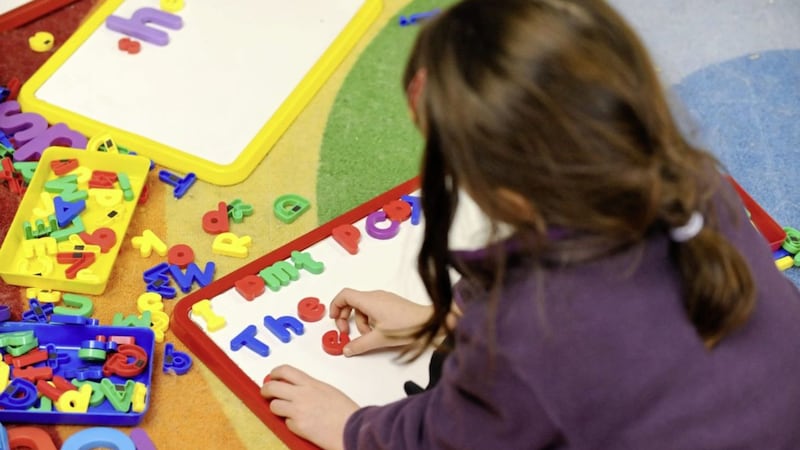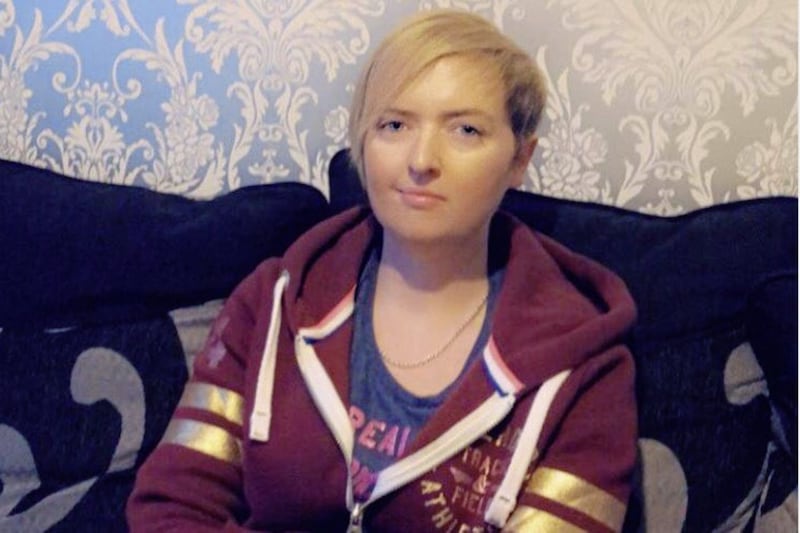TOO many children with speech, language and communication difficulties are still not getting the help they need, campaigners have warned.
A new report argues that poor understanding and a lack of resources are leaving youngsters without the right support.
In total, more than 1.4 million young people in Britain and Northern Ireland have speech, language and communication needs (SLCN), with language issues one of the most common disorder of childhood, according to charity I CAN and the Royal College of Speech and Language Therapists (RCSLT).
The organisations' report looks at progress made in the 10 years since the Bercow Review on support for children with speech, language and communication needs was published, which warned that treatment and services for these youngsters was "highly unsatisfactory".
The new study concludes that, since 2008, there have been some positives, such as more evidence about SLCN, government funding for workforce development on the issue and language and communication a key part of the early years curriculum.
But it also claims that there have been steps that have had a negative impact, with austerity leading to cuts to services as well as other issues such as the loss of senior specialist speech and language therapy posts and concerns about the place of speaking and listening in the national curriculum.
The study concludes that in many cases, children's needs are not being identified early enough, or they are not getting the right support, which can affect their future success.
"Language disorder alone is one of the most common disorders of childhood, affecting nearly 10 per cent of children and young people everywhere throughout their lives," teh study says.
In areas of social disadvantage this number can rise to 50 per cent of all children.








